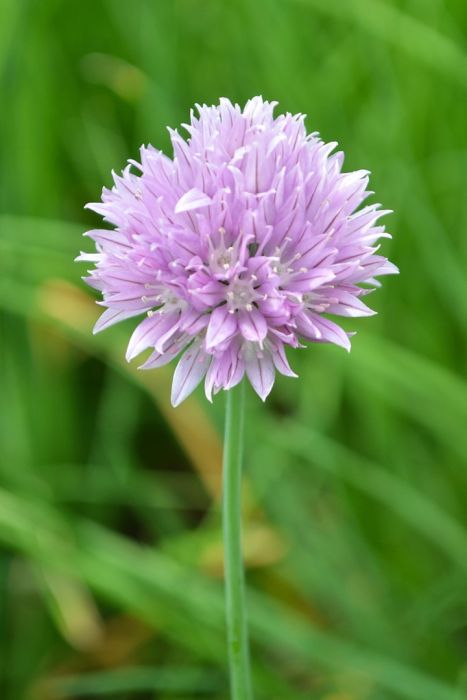Top Ten Heirloom Plants for Minnesota
Karen's Top Ten Heirloom Plants for Minnesota!



Out of stock
Coming soon, still growingPurple showy flowers atop very fragrant foliage. Long lived culinary herb. A possible addition to green roof plantings.
Discover an unparalleled selection of perennials at Gertens! With the largest variety in Minnesota, we offer endless options of colorful perennials, natives, and pollinator plants to beautify your garden year after year. From vibrant flowers to lush foliage, our perennials are perfect for adding beauty and charm to your outdoor space. Visit Gertens today and see why we're known as Minnesota's Destination Garden Center!
Common Chives | Allium schoenoprasum
Height: 18 inches
Spread: 18 inches
Sunlight: Full Sun to Partial Shade
Hardiness Zone: 4a
Other Names: Flowering Onion
Brand: Gertens
Description:
Purple showy flowers atop very fragrant foliage.
Ornamental Features
Common Chives has masses of beautiful balls of lightly-scented lavender flowers at the ends of the stems from late spring to early summer, which are most effective when planted in groupings. The green fruits are held in abundance in spectacular clusters . Its grassy leaves remain green in color throughout the season.
Landscape Attributes
Common Chives is an open herbaceous perennial with an upright spreading habit of growth. Its relatively fine texture sets it apart from other garden plants with less refined foliage.
This is a high maintenance plant that will require regular care and upkeep, and should only be pruned after flowering to avoid removing any of the current season's flowers. It is a good choice for attracting butterflies to your yard, but is not particularly attractive to deer who tend to leave it alone in favor of tastier treats. Gardeners should be aware of the following characteristic(s) that may warrant special consideration;
Common Chives is recommended for the following landscape applications;
Planting & Growing
Common Chives will grow to be about 18 inches tall at maturity, with a spread of 18 inches. It grows at a fast rate, and under ideal conditions can be expected to live for approximately 5 years. As an herbaceous perennial, this plant will usually die back to the crown each winter, and will regrow from the base each spring. Be careful not to disturb the crown in late winter when it may not be readily seen!
This plant does best in full sun to partial shade. It does best in average to evenly moist conditions, but will not tolerate standing water. It is not particular as to soil type or pH, and is able to handle environmental salt. It is highly tolerant of urban pollution and will even thrive in inner city environments. This species is not originally from North America. It can be propagated by division.
| Common Family Name | Allium |
|---|---|
| Gerten Grown Plants | Gerten Grown Plants |
| Sun Preference | Full-Sun, Part-Sun |
| Bloom Time | May, June |
| Mature Spread (Range) | 12" - 24" |
| Mature Height (Range) | 13" - 24" |
| USDA Hardiness Zone | 4, 5, 6, 7, 8 |